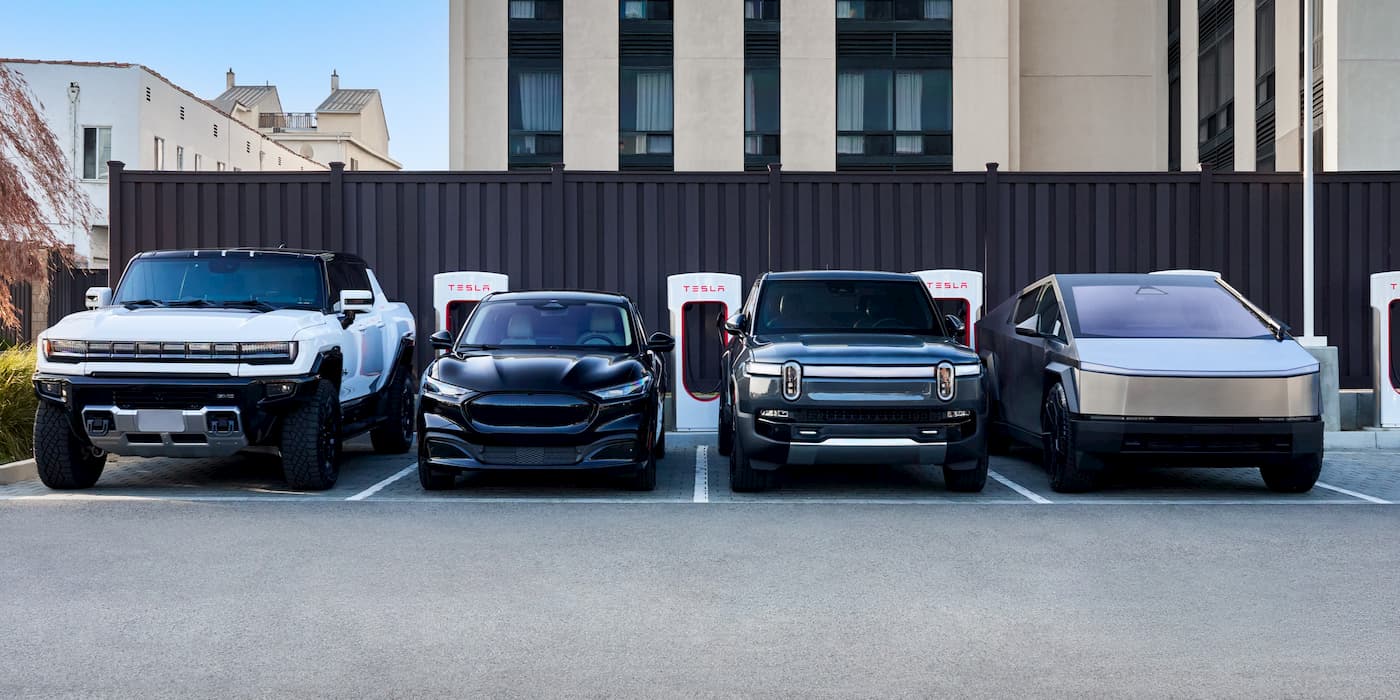
Tesla has shared an impressive data point about its Supercharger network: 1.4 TWh of energy delivered in a single quarter.
What does it mean?
Tesla shared these three new data points about its charging network in Q3 2024:
Tesla’s stall deployment point is a bit deceptive here since it mentions the number of new stalls deployed and claims 23% year-over-year growth.
It’s true that Tesla has grown the Supercharger network 23% year-over-year, but its quarterly stall deployment is actually down -7.4% in Q3 compared to Q3 2023 when it deployed more than 3,000 stalls.
That’s not surprising considering CEO Elon Musk fired Tesla’s entire charging team in a kneejerk reaction earlier this year and had to rehire many members of the team after the fact. We previously noted that the deployment has slowed down since, but the bulk of the impact should be felt next quarter as the sites already in the pipeline prior to the layoffs get exhausted.
What’s more exciting and a data point that Tesla hasn’t shared in a long time is that it delivered 1.4 TWh of electricity through the Supercharger network in Q3.
That’s about the utilization of the Supercharger network, which is sure to spike right regardless of Tesla’s new Supercharger deployment thanks to increasingly more non-Tesla EVs being onboarded in the system.
TWh is a hard number for people to visualize as it is 1.4 trillion watt-hour or 1.4 billion kWh.
It’s starting to become a big business for Tesla.
Electrek’s Take
It’s hard to get a clear average cost per kWh for Tesla’s Supercharger network since it varies greatly by region.
Let’s say it’s $0.35 per kWh. That would mean $490 million in revenue. If it’s closer to $0.50 per kWh, it’s $700 million in revenue in a single quarter. That’s impressive.
Of course, we are talking about revenue here and not profitability. Tesla has one of if not the lowest cost of DC fast-charging station deployment, but the cost of operation are still high thanks to peak charges.
Regardless, it’s becoming big business for Tesla.
As for the CO2 offsetting, that’s purely based on how you power these charging stations, and thankfully, the grid is rapidly transitioning to renewable energy.
